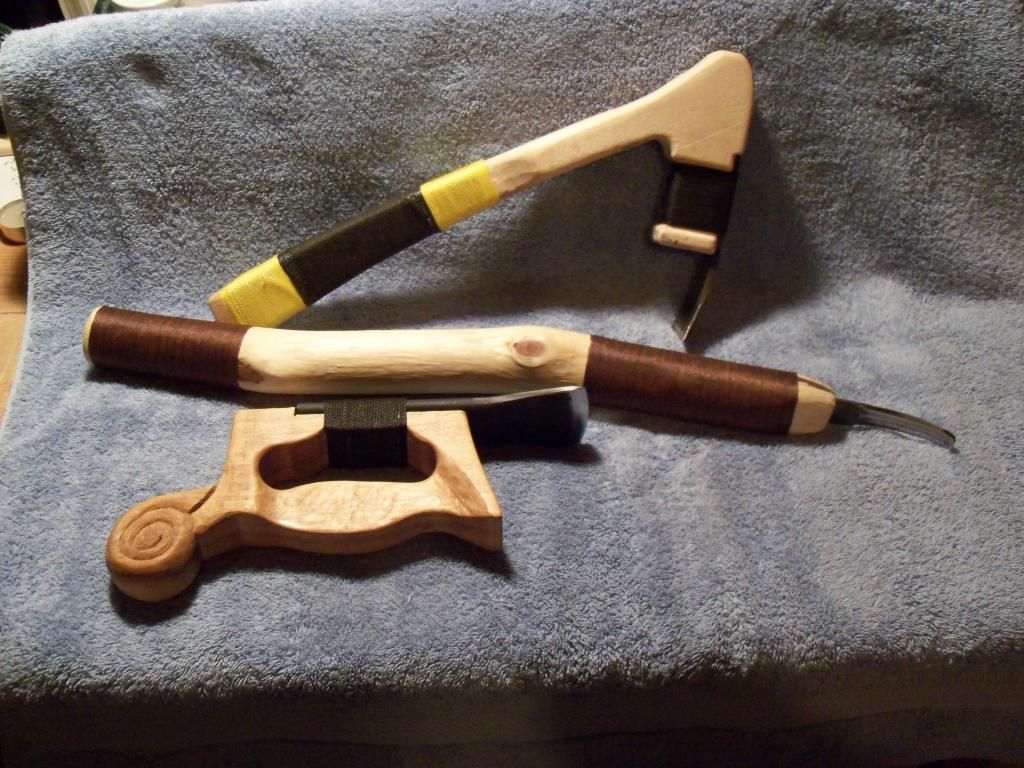Waterstones or sandpapers, the materials don't matter.
Two things matter:
1. Selection of bevel angles to have enough steel behind the edge to support it in service.
Depending on the tool, I use 12, 15, 20, 25, 28, 30 and 40 degrees, total included bevel angle.
My wood carving crooked knives at one end, my kitchen bone cleaver at the other.
2. Ability to do all of this freehand and to do any and all, week in and week out.
In my case, wood carving, to hone with repeated success every 30 - 60 minutes.
The learning is in the success with repeated technique.
Right down to painting the edges with black felt marker so I never guess at what's happening.
Waterstones work altogether rather well when used properly. But I can't work up a crooked knife nor a carver's adze.
So, learned all over again with sandpapers wrapped around various mandrels.
Same thing for strops. Leather rebounds as the edge passes by so I use no more than box card taped to a piece of polished granite counter top cutoff.
Scribble that with CrOx/AlOx. I have a really nice 2-sided leather strop. The waxy carrier in the honing compound softened the leather over the years = useless now.
For a damaged edge, I'd joint the edge on an oil stone ( I have 80/120/200) then work up through the grits on fine automotive finishing sand papers.
A bit of a light spark/crumpled edge? 600, 800, 1000, 1500 then hone on the strop.
So. One sheet each, 6 different grits, of sandpapers, maybe 1/3 sheet at a time in use. Box card from some brand of crisps, bar of honing compound.
Maybe, just maybe, as much as $15.00 cost.
Kitchen: Porsche suggests a 2K waterstone for total 20 degrees. I'll say 1K leaves just enough tooth for any veg.

 ,
,